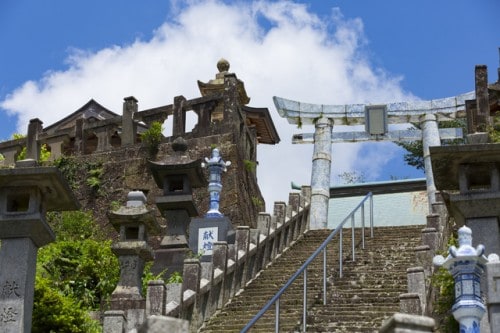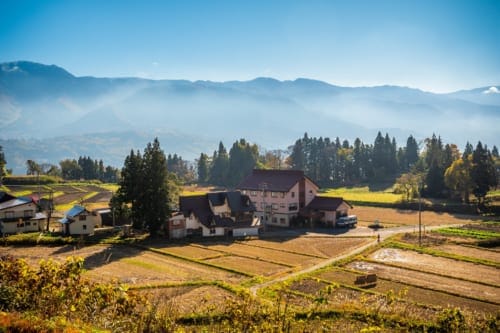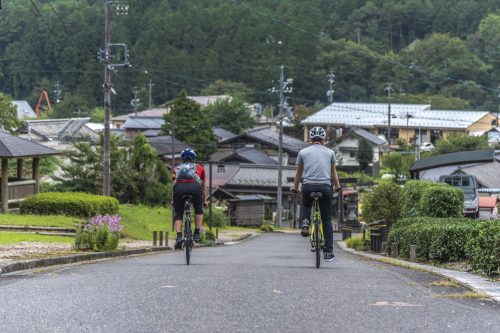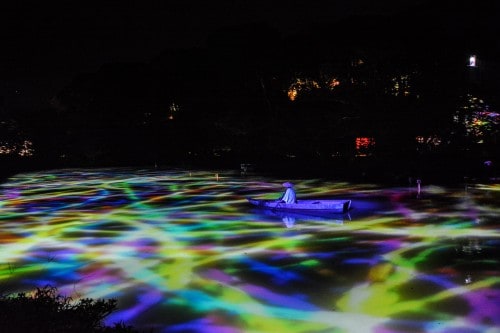New Year is one of Japan’s most important national holidays, known as oshogatsu (お正月). Comparable in significance to Christmas or Thanksgiving in Western countries, it’s a time of family gatherings and deeply rooted traditions. Let’s delve into the Japanese New Year atmosphere and discover the most typical customs.
When is Oshogatsu in Japan?
Unlike China, Japan follows the Gregorian calendar, not the lunar calendar, to mark the start of a new year. Oshogatsu officially begins on January 1 and extends through the first few days of the year. Preparations, however, begin well before New Year’s Day, with many Japanese families setting the stage as early as December 28. The celebrations start on New Year’s Eve and culminate on January 1, but the spirit of the holiday lingers until January 3, a period referred to as sanganichi (the three days). During this time, businesses and public facilities close, and public transportation runs on holiday schedules.
Cleaning and Decorating: Preparing the House for the New Year
Before welcoming the New Year, it’s customary to deep clean one’s home, following a tradition called osoji (the big cleaning). This practice symbolizes purging the past year’s misfortunes and preparing for a fresh start.
Decorations play a significant role in setting the tone for oshogatsu. Common adornments include kadomatsu (an arrangement of pine, bamboo, and plum branches placed at the front entrance) and kagamimochi (a stack of mochi rice cakes topped by a tangerine). Procrastinating and putting up decorations last minute on December 31 is a practice called ichiyakazari (one-night decoration) and it is considered a sign of laziness.
Oomisoka: The Last Night of the Year in Japan
While New Year’s Eve in Western countries is usually associated with loud countdowns in the crowd and partying until the wee hours, in Japan many people choose to stay inside and spend a night of quiet anticipation and celebration, or wait for midnight at a temple.
NHK’s Kohaku Utagassen
On the last night of the year, many Japanese families gather around their TVs to watch New Year’s Eve specials such as Kohaku Utagassen, an iconic year-end song contest broadcast by NHK. The show features Japan’s most beloved musicians, divided into red (female) and white (male) teams. Performances range from traditional enka ballads to modern pop hits, building excitement as midnight approaches and the winning team is revealed.
Hatsumode: A Spiritual Start to the Year
For those who don’t mind the cold and prefer a more spiritual way to spend New Year’s Eve, a visit to a local Buddhist temple is a cherished tradition. People gather to hear the bells tolling 108 times as the clock strikes midnight, a ceremony called joya no kane. Each toll symbolizes the cleansing of one of the 108 earthly desires in Buddhist teachings: a pure start to the year.
This marks the beginning of hatsumode, the first shrine or temple visit of the year. Worshipers pray for health, happiness, and success in the coming months. In Tokyo, major shrines like Meiji Jingu in Harajuku area attract massive crowds, while smaller neighborhood shrines offer a peaceful, equally meaningful experience.
Toshikoshi Soba: Crossing Into the New Year
A must-try dish on New Year’s Eve is toshikoshi soba (year-crossing noodles) garnished with simple toppings like green onions or citrus yuzu. The long, thin noodles symbolize longevity and resilience, while their ease of cutting represents letting go of past hardships.
To fix the sweet-tooth craving, you can pair them with oshiruko, red bean soup with mochi in it. But keep in mind that according to the tradition you should eat your soba before the strike of midnight!
Greetings: Yoi Otoshi Wo or Akeome?
Greeting friends and family during the New Year requires a specific vocabulary. Before midnight on December 31, it’s customary to say Yoi otoshi wo (良いお年を), meaning “Have a good year ahead.” Once the clock strikes twelve, the greeting changes to Akemashite omedeto gozaimasu (明けましておめでとうございます), or a shorter and more casual Akeome as the younger generations like to say. Japanese people also exchange New Year greetings by sending out special postcards called nengajo to their relatives, friends, and coworkers. All the nengajo, if posted on time, are delivered by postmen exactly on January 1.
However, it’s important to be mindful of those who have experienced a death in their family during the past year. In such cases, traditional greetings and nengajo should be avoided as a sign of respect, although people would rarely take offense if this rule is broken.
New Year’s Day Meal: Osechi Ryori
On New Year’s Day, the house comes to life with nostalgic laughter, swift cutting of vegetables, and the aroma of warm fish broth. Elder cousins and uncles catch up over drinks while the young entertain the younger with a game of sugoroku (a board game with dice) or some lighthearted teasing. This atmosphere sets the stage for the much-anticipated meal known as osechi ryori, a feast of symbolic dishes, meticulously prepared and beautifully arranged, each with auspicious meanings.
- Kamaboko: red and white fish cakes symbolizing celebratory colors.
- Datemaki: sweet rolled omelet representing knowledge and success.
- Kurikinton: sweet chestnuts and mashed sweet potatoes symbolizing wealth.
- Kazunoko: herring roe representing fertility.
- Konbu-maki: kelp rolls symbolizing joy.
- Kuromame: black beans symbolizing health.
These dishes are prepared in advance (they all contain ingredients that help preserve food) and then traditionally packed and served into lacquered boxes called jubako. Along with osechi ryori or at breakfast, a mochi soup is often served, called ozoni. In modern households, variations such as sushi or even pizza might appear on the table, reflecting personal preferences and changing times.
Otoshidama and Fukubukuro: Giving and Spending Money on New Year’s
The special meals are not the only highlights of the day on January 1 — there is money involved too! And some shopping on the following days.
Otoshidama: A Gift for the Younger Generations
One of the most anticipated traditions during Oshogatsu is receiving otoshidama. Adults give children an allowance in small, decorated envelopes. Usually, children in the family continue receiving the otoshidama until they are employed, at this point, they start gifting them to younger family members.
Fukubukuro: The Thrill of Lucky Bags
With bellies and wallets both full, the days following New Year’s bring the excitement of fukubukuro, or lucky bags. These sealed bags contain a mix of discounted items and are sold by stores ranging from high-end fashion boutiques to local bakeries. While the contents remain a mystery until you buy and open the bag, they’re an affordable and fun way to kick off the year with surprises.
The Japanese New Year is more than just a holiday — it’s a moment of pause that brings families together in celebration. For visitors to Japan, it’s a wonderful opportunity to experience Japanese customs firsthand, from the bustling crowds at hatsumode to the excitement of opening a fukubukuro. If you’re invited to join a Japanese family for the New Year, don’t forget to bring an omiyage gift as a token of gratitude.
And if you are reading this in the first days of January… Happy New Year! Or as the Japanese say, Akemashite omedeto gozaimasu!
Original article created by Nina Cataldo (2016/11), updated by Stefania Da Pont (2024/12).







No Comments yet!